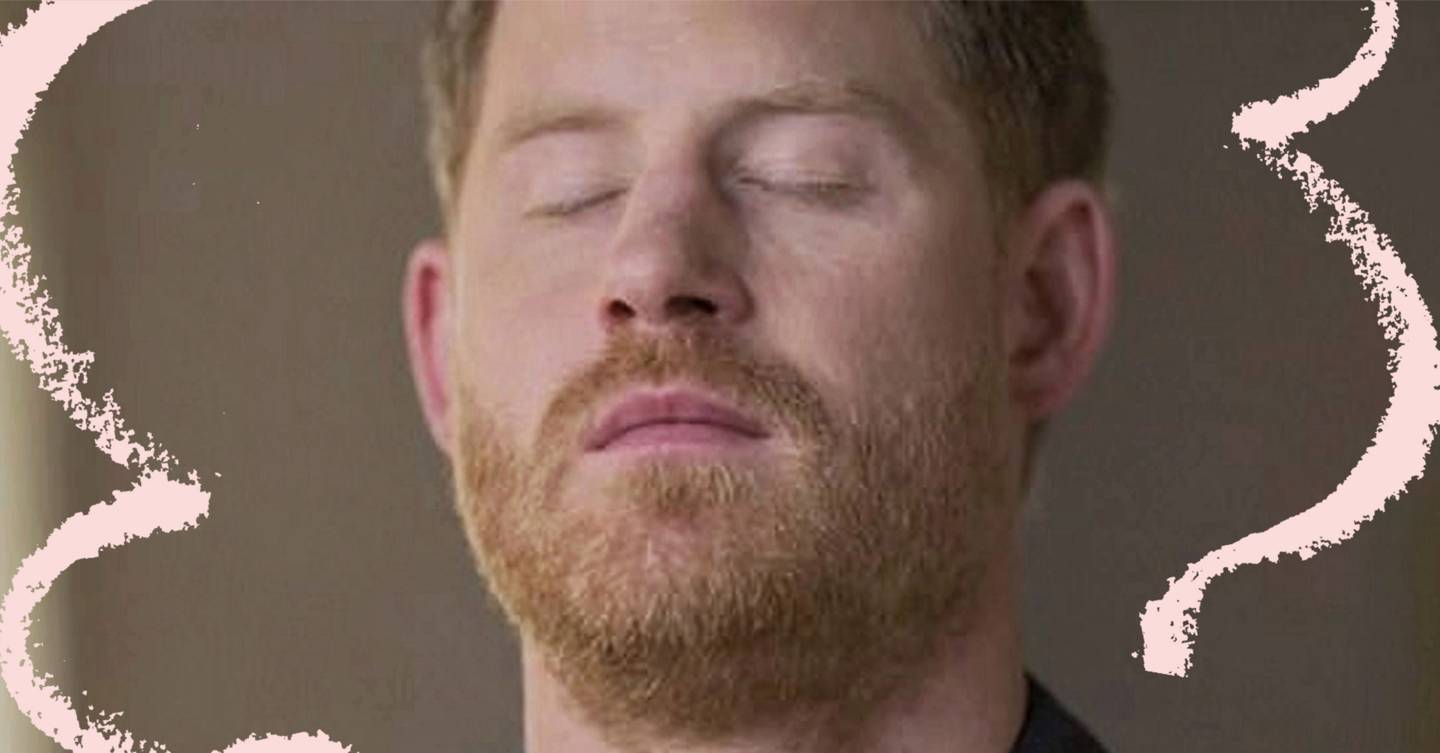Prince Harry‘s mental health documentary The Me You Can’t See has been released. In the five-part series available to watch on Apple TV+, the Duke of Sussex and Oprah Winfrey have honest, open discussions about mental health with celebrity appearances from the likes of Lady Gaga and Glenn Close.
As part of the docu-series, Prince Harry allows viewers into one of his therapy sessions, in which he undergoes a form of therapy known as EMDR (eye movement desensitisation and reprocessing), to help treat anxiety and trauma stemming from the death of his mother, Princess Diana, when he was 12 years old.
In the show, Harry says: “I quickly established that if this relationship [with Meghan Markle] was going to work, I was going to have to do deal with my past. Because there was anger there. It wasn’t anger at her, it was just anger, and she recognised it.
“So, [I thought] ‘how do I fix this’? It was a case of, ‘you need to go back to the past, back to the point of trauma, deal with it, process it, and then move forward'”.
Harry points out that, for him, London is “a trigger, because of what happened to my mum and because of what I experienced.”
In the episode, he is seen crossing his arms and tapping on each shoulder with his eyes closed, a technique known as bilateral simulation.
What is EMDR?
“EMDR is a type of therapy initially developed to treat post-traumatic stress disorder (PTSD),” explains consultant psychologist Dr Elena Touroni, co-founder of The Chelsea Psychology Clinic. “EMDR uses the client’s own rapid, rhythmic eye movements to support the processing of distressing memories that can remain ‘frozen’ in the brain following a traumatic experience.”
So, how does EMDR actually work in helping us process trauma?
“Once an experience or memory has been identified and agreed upon, the therapist will ask the client to hold that thought in mind and then to follow the therapist’s hand as it moves back and forth across the client’s field of vision,” says Dr Touroni. “During this process, inner associations arise and the client begins to process the memory. In successful EMDR therapy, the meaning of difficult life events can be changed and integrated on an emotional level.”
Who can benefit from EMDR?
It’s important to note that EMDR isn’t suitable for everyone, and while it is available on the NHS, you usually have to be referred to a specialist service.
“EMDR is most suitable for people who have experienced a traumatic event or a series of traumatic events in their life,” adds Dr Touroni. “Normally people who meet the criteria for PTSD would be suitable candidates for EMDR, but it has also been shown to be a helpful therapy for people suffering from anxiety and panic disorder. However, more often than not, anxiety and panic disorder are a result of a traumatic experience.”
While some academic reviews site low-quality evidence for EMDR, research suggests that it’s a safe and effective therapy, and is recommended by organisations such as Nice (National Institute for Health and Care Excellence) and the World Health Organisation for treating PTSD.
